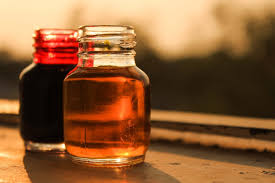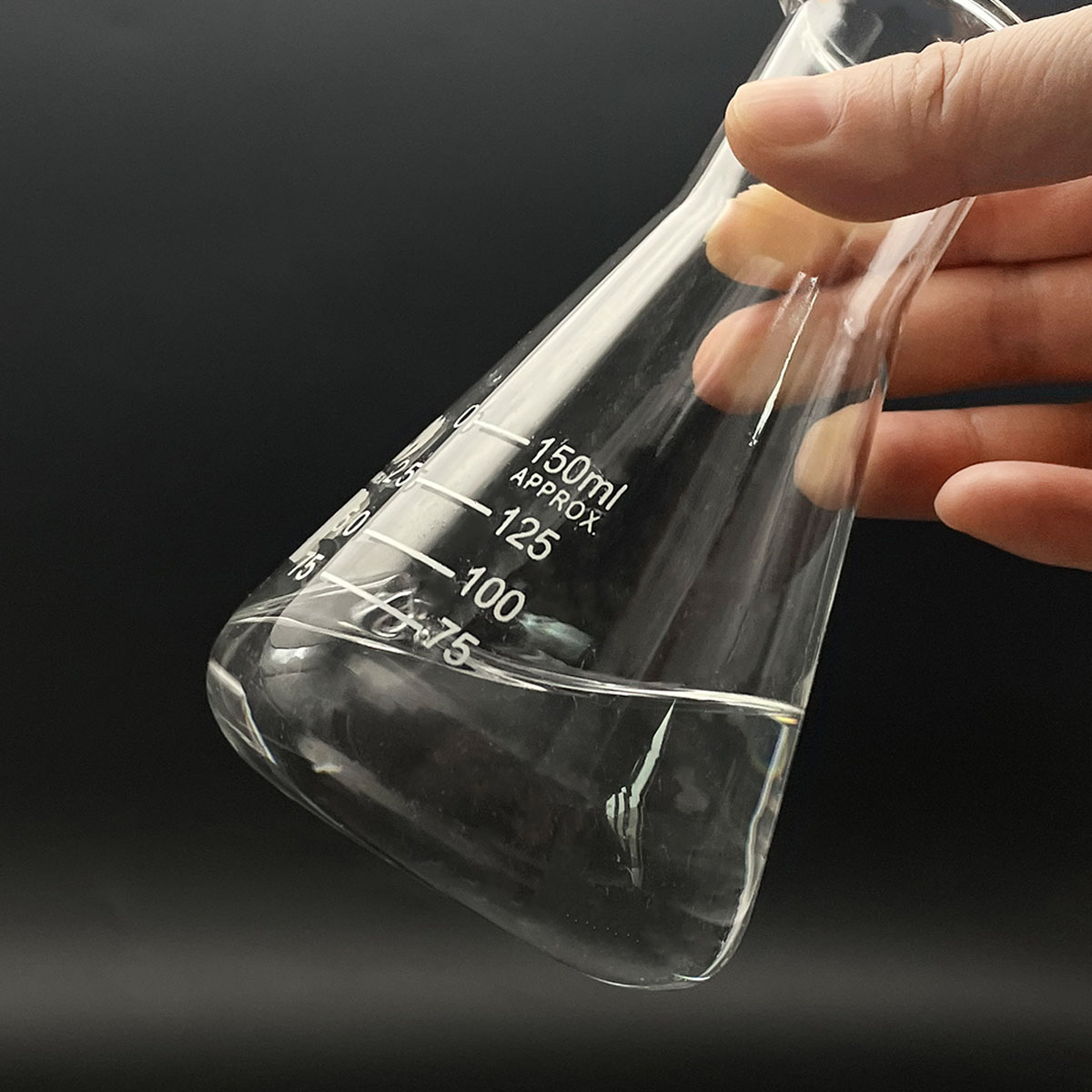**Title: The Sticky Start: When Science Gave Tiny Lungs Their First Lifeline**
(When Was Surfactant 1st Given To Neonates)
**1. What Exactly is Surfactant?**
Think of your lungs like millions of tiny balloons. Inflating them takes effort. Deflating them completely would be bad. Surfactant is the body’s built-in solution. It’s a slippery, soap-like substance. It coats the inside of the air sacs in your lungs. This coating reduces surface tension. Surface tension is the force trying to collapse those tiny balloons. Without surfactant, inflating the lungs takes huge effort. Keeping them open is almost impossible. Each breath becomes a struggle. Healthy babies start making surfactant before birth. Premature babies often don’t make enough. Their lungs are stiff and collapse easily. This causes Respiratory Distress Syndrome (RDS). RDS was once a major killer of preemies. Surfactant is lung lubricant. It makes breathing possible.
**2. Why Did Tiny Babies Need This Discovery So Badly?**
The problem was simple and deadly. Before surfactant treatment, premature babies faced huge odds. Their underdeveloped lungs lacked surfactant. Breathing air felt like trying to blow up thousands of tiny, sticky balloons glued together. The effort exhausted them. Their lungs collapsed constantly. Oxygen couldn’t get in. Carbon dioxide couldn’t get out. This is Respiratory Distress Syndrome (RDS). RDS was the leading cause of death in premature infants. Doctors tried everything. Mechanical ventilators helped force air in. But the high pressures often damaged fragile lungs. Oxygen therapy helped. But it wasn’t fixing the core problem. Babies died. Others survived with chronic lung damage. The medical world desperately needed a way to replace what was missing. They needed artificial surfactant. The need was urgent and heartbreaking.
**3. How Was Surfactant First Given to Babies?**
The journey from idea to treatment took decades. Scientists first identified surfactant in the 1920s. They understood its role in lung function by the 1950s. The big question was: could you give it to a baby? Early attempts in the 1960s and 1970s used animal-derived surfactant. Results were mixed. The real breakthrough came in 1980. Dr. Tetsuro Fujiwara in Japan led a critical trial. He used a surfactant extracted from cow lungs. His team treated ten premature babies with severe RDS. The results were stunning. The babies’ breathing improved dramatically. Oxygen levels soared. This was the first clear, successful use in human newborns. It proved replacement therapy worked. The method involved inserting a thin tube into the baby’s trachea. Liquid surfactant was slowly dripped in. The baby was then gently positioned. This helped spread the surfactant throughout the lungs. The first dose was a gamble. It paid off spectacularly. It changed neonatology forever.
**4. Applications: How Surfactant Therapy Works Today**
Surfactant therapy is now standard care worldwide. It saves countless preemie lives every day. Doctors use it in two main ways. The first is rescue treatment. This is for babies already showing severe RDS symptoms. They struggle to breathe. They need oxygen fast. Giving surfactant quickly can turn things around. The second way is preventive. Doctors give surfactant very early. This is often right after birth. It’s for babies at extremely high risk. Think very premature infants. This “prophylactic” approach stops RDS before it gets bad. The delivery method is similar to the first time. A doctor inserts a small tube into the windpipe. Liquid surfactant is administered directly. The baby might be briefly disconnected from the ventilator. The process takes minutes. Doctors watch the baby closely. Most babies show improvement quickly. Breathing gets easier. Oxygen needs drop. Ventilator settings can often be reduced. This lowers the risk of lung damage. Surfactant is usually derived from cow or pig lungs. Synthetic versions exist too. It’s a life-saving medicine. It’s delivered right where it’s needed most.
**5. Surfactant FAQs: What Parents Want to Know**
(When Was Surfactant 1st Given To Neonates)
Parents facing premature birth have many questions about surfactant. Here are common ones. Is surfactant safe? Yes. Decades of use prove its safety and effectiveness. Serious side effects are very rare. The benefits far outweigh any risks. How quickly does it work? Often, improvement is seen within hours. Sometimes it’s minutes. Maximum effect usually happens within 12-24 hours. Will my baby need more than one dose? Sometimes. Doctors might give a second dose. Or rarely, a third. This happens if RDS symptoms persist or return. Are there alternatives to surfactant? For severe RDS, no good alternatives exist. Other treatments like ventilators support breathing. But they don’t fix the missing surfactant. Surfactant targets the root cause. Does surfactant cure all lung problems in preemies? No. It treats RDS specifically. Premature babies can have other lung issues. These might need different treatments. Surfactant is a vital tool. It’s not a cure-all. How is it given? As described. Through a small tube placed briefly in the baby’s airway. The procedure is done carefully. Staff monitor the baby constantly. It’s a routine lifesaver in the NICU. It gives tiny lungs the slippery boost they need.
Inquiry us
if you want to want to know more, please feel free to contact us.




